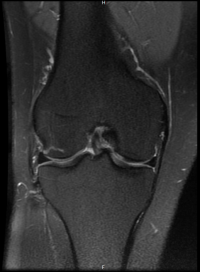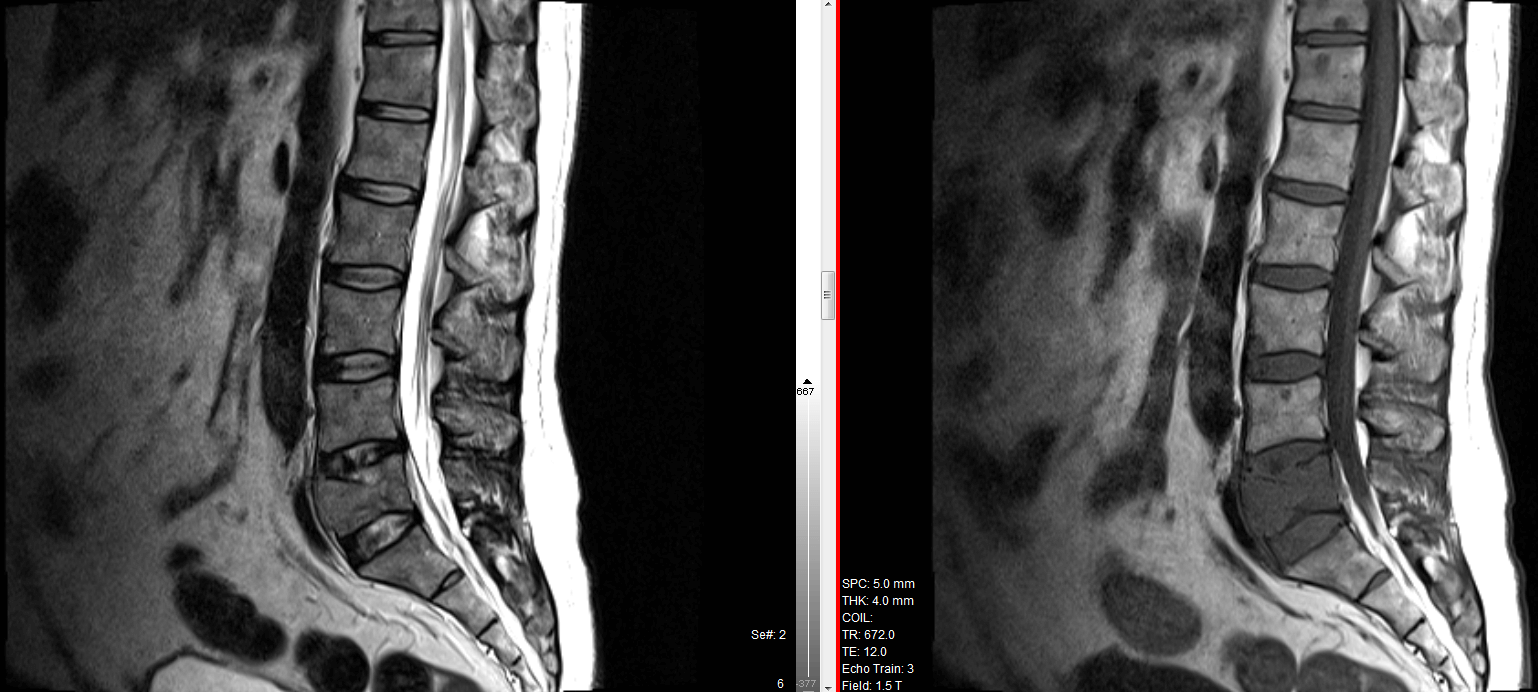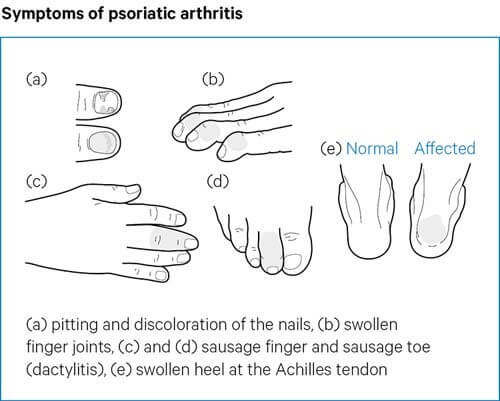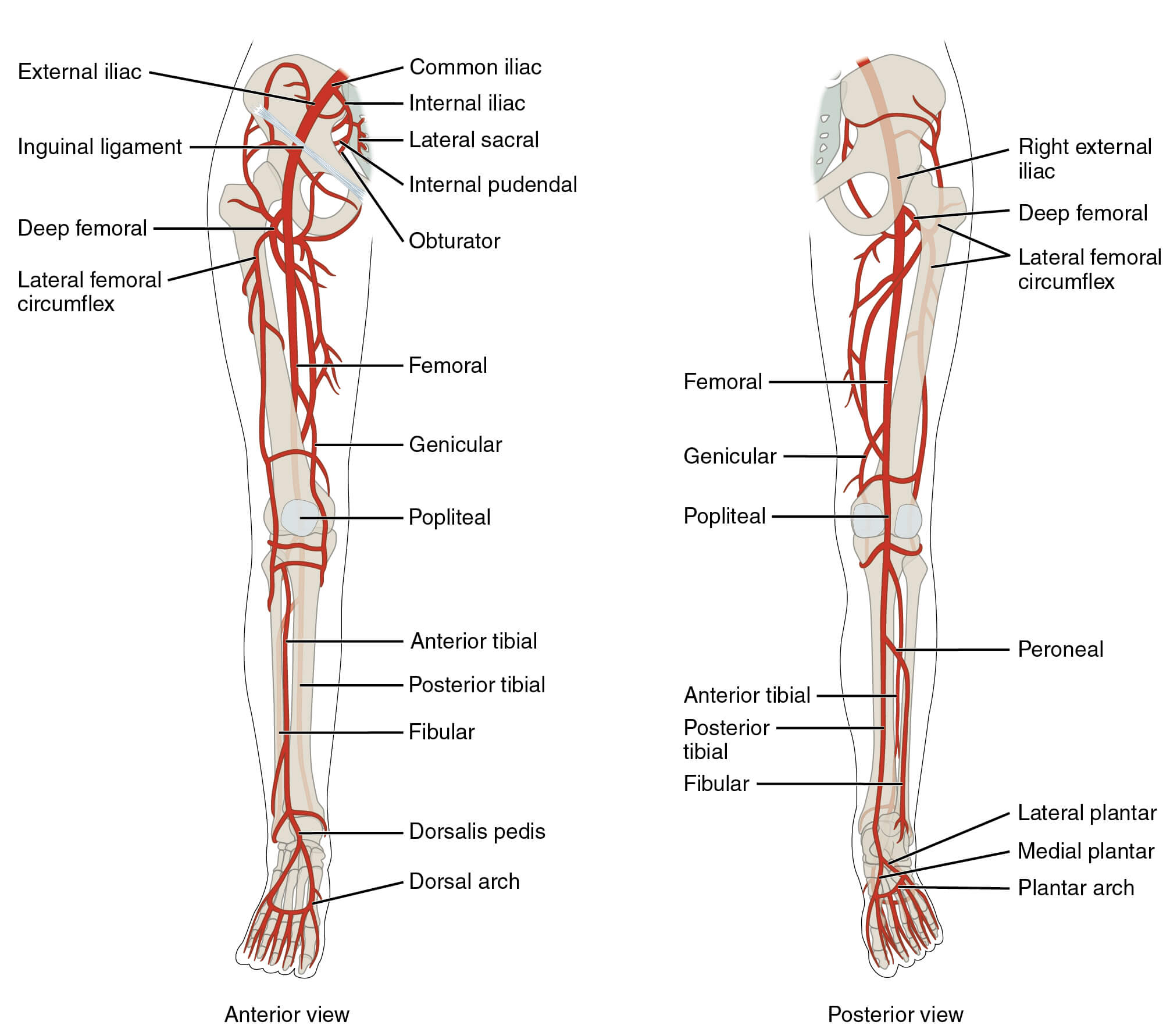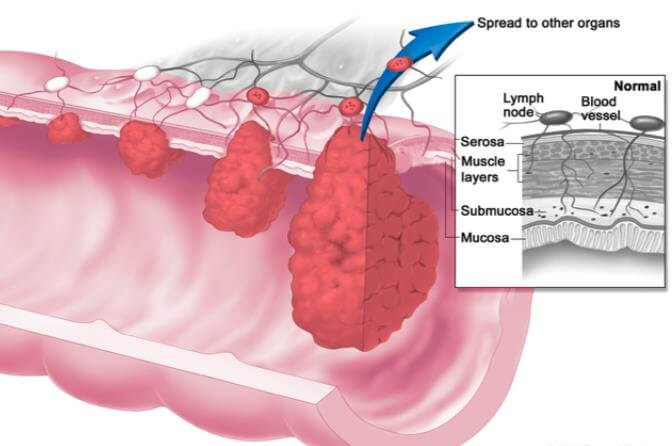Read about Cauda Equina Syndrome
Physical Examination Is Predictive of Cauda Equina Syndrome: MRI to Rule Out Diagnosis Is Unnecessary - Zusman et al 2020
- 142 patients presented to emergency with bladder and bowel dysfunction, 10 were diagnosed with CES.
- 4 things assessed - Perianal sensation, Rectal tone, Postvoid residual bladder (PVR), and Bulbocavernosus reflex (BCR)
- The sensitivity and specificity of the exam findings were highest for BCR (100% and 100%), followed by rectal tone (80% and 86%), postvoid residual bladder (80% and 59%), and perianal sensation (60% and 68%).
- The positive predictive value was high for BCR (100%), but low for other findings (13% to 31%).
- However, negative predictive values were consistently high for all examinations (96% to 100%).
- Two FFTs utilizing combinations of voluntary rectal tone, perianal sensation, and BCR resulted in no false negatives.
Conclusion: A combination of physical examination findings of lower sacral function is an effective means of ruling out CES and, with further study, may eliminate the need for MRI in many patients reporting back pain and bowel or bladder dysfunction.
Potential Limitations:
- BCR was only assessed in patients that received a Foley catheter. (So although this has been reported to be highly sensitive and specific, this reflex cannot be tested in an outpatient setting). Moreover the number of patients in this study with BCR were low (n=3).
Prior studies focusing on BCR have found this spinal reflex to be associated with CES. Several urodynamic and/or electrophysiologic studies of BCR have determined a high association between absent BCR and CES and other complete lesions of the sacral spinal cord.
The aim of recognising CES is to catch it early so that irreversible damage can be avoided. BCR has been associated in CES with complete lesions of sacral spinal cord. Therefore it is too late by the time BCR becomes absent.
- Rectal tone was normal in 20% of patients with CES versus 81% of unaffected patients.
- Perianal sensation was not significantly different in affected and unaffected groups.
This shows that one cannot rely on normal rectal tone in patients presenting with CES. Likewise perianal sensation is not a reliable marker of CES.
